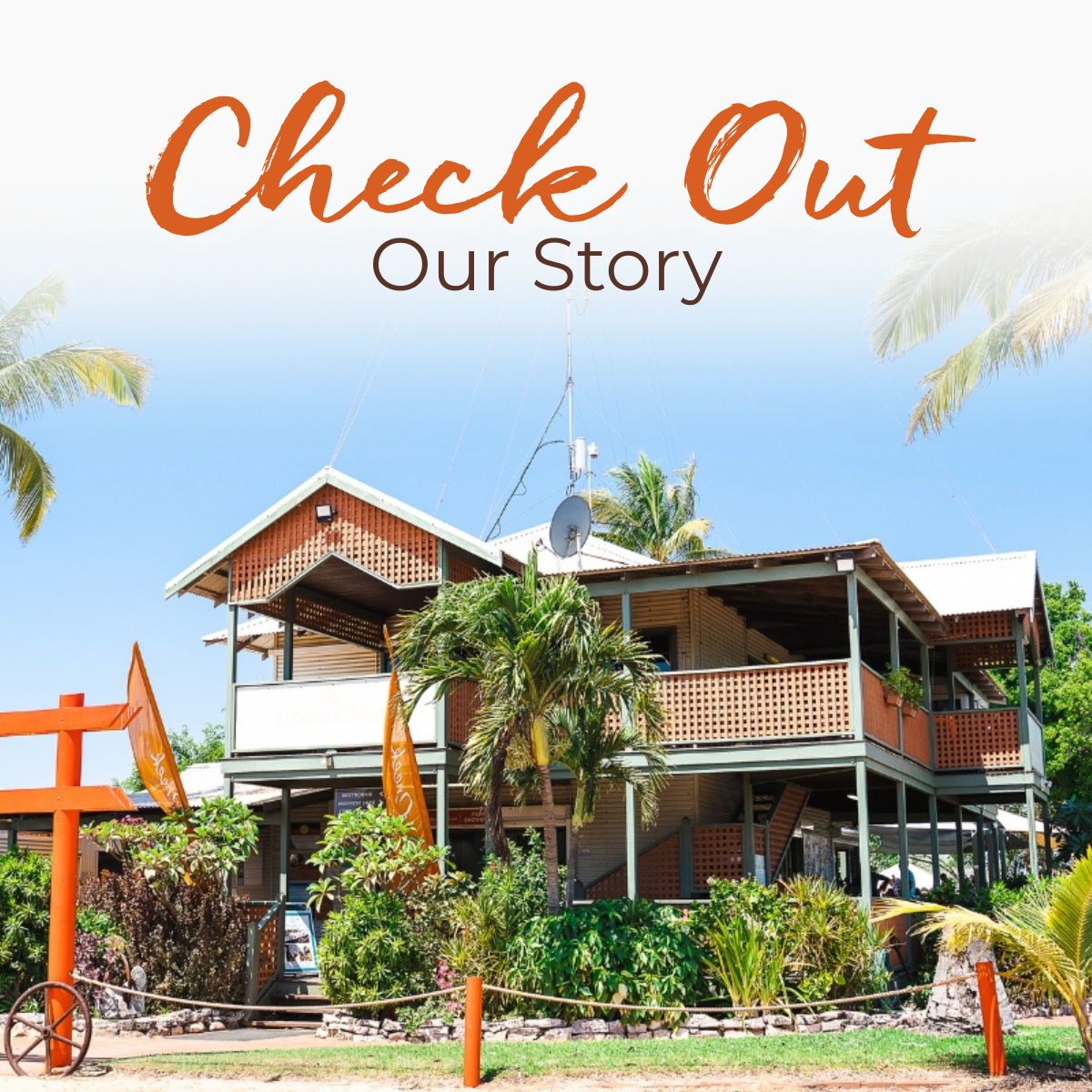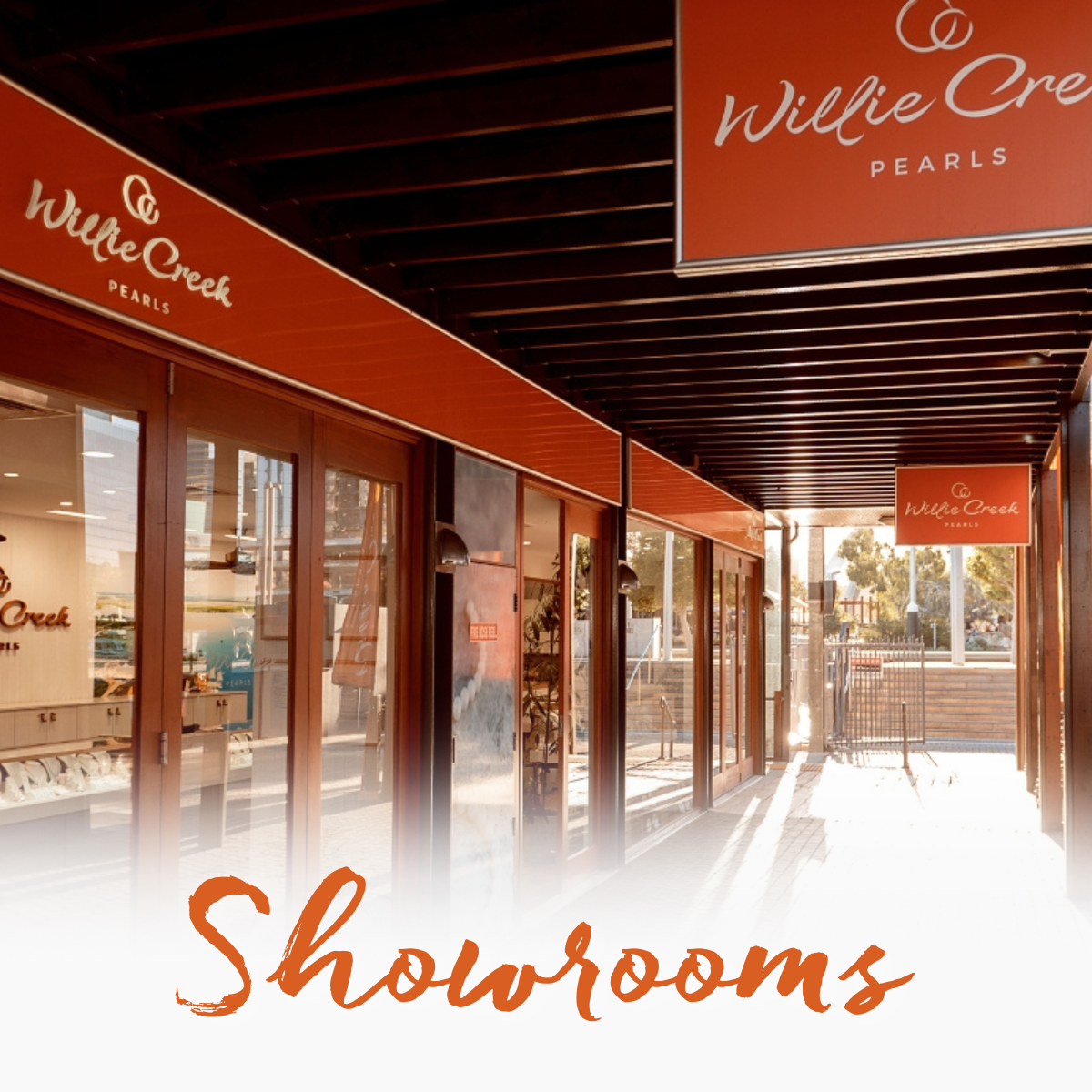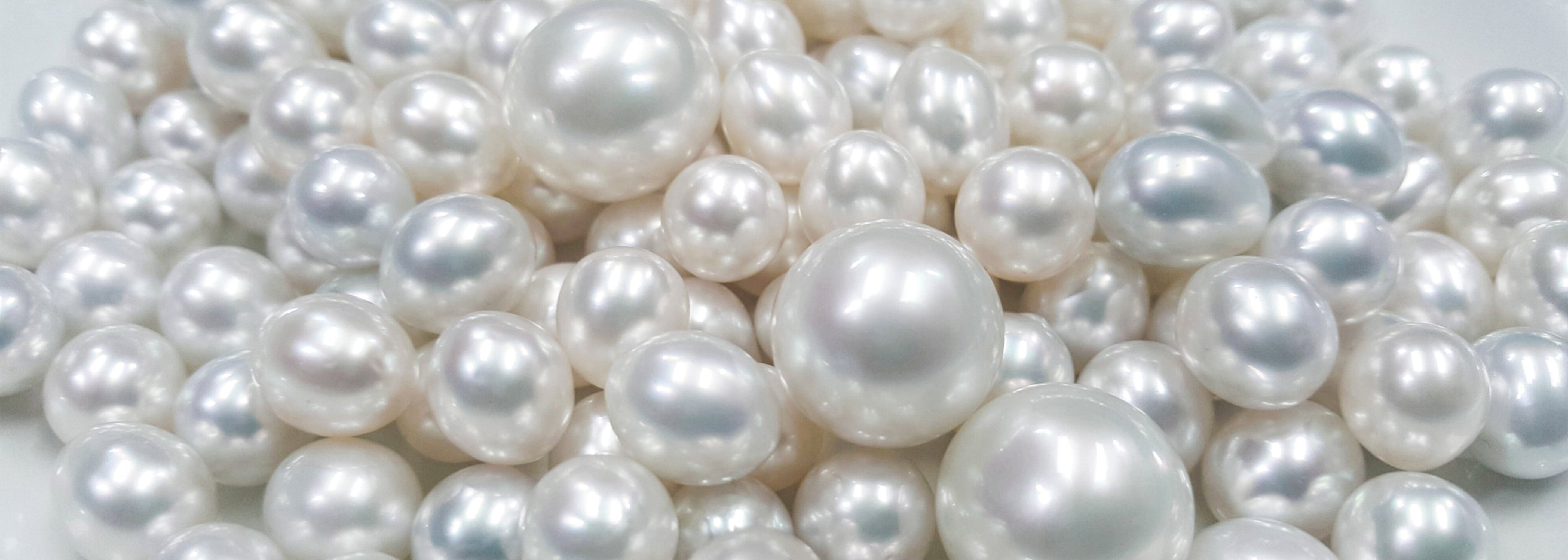Choosing The Perfect Pearl
It is often said that beauty is in the eye of the beholder, and this is so true with Australian South Pearls. Being a natural gem each pearl is unique. Its natural features, or ‘virtues’ align to allure you towards a particular piece. As it is often also said that the pearl chooses you!
The Five Virtues
Unlike diamonds, there is no universal system for grading pearls. Different producers have their own systems in place, however, the grading of pearls is always based on the combination of five virtues: size, shape, colour, complexion and lustre.
Lustre
Lustre is the most important characteristic of pearl quality. Lustre describes the luminous quality of the pearl’s surface; the way the light reflects and refracts from the layers of nacre to produce a ‘glow’ appearing to be coming from within the pearl.

Size
Australian South Sea pearls are the largest of all pearls, typically ranging from 10mm to 16mm. Larger sizes exceeding this are rare. The larger the size typically greater the value, but size is only one of the five virtues used to consider a pearl’s value. (Pearls below not shown to scale).

Shape
The shape of a pearl does not affect its quality, however it does impact on value. Perfectly round pearls are particularly desirable, and hence considered the most valuable of all shapes.

Colour
The colour of a pearl is defined by the type of oyster used to produce it. Australian South Sea pearls, produced in the Pinctada maxima oyster are typically white, silver-white or silver in colour. They can also be golden, however Australian South Sea Pearls in a strong golden colour are rare. Colour is a very personal choice, although white pearls with pink overtones tend to be the most sought after.

Complexion
Complexion refers to the quality of the surface of the pearl; the number and size of the markings and their visibility. Being a natural gem, a pearl with flawless surface is exceptionally rare.

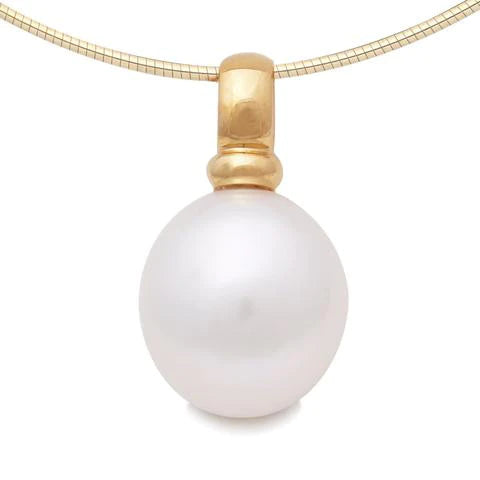
The Australian South Sea Pearl has a natural lustre unequalled by any other pearl. The most revered and highly prized pearl in the world, The Australian South Sea Pearl is cultured in the Pinctada maxima oyster from the pristine coastal waters of northern Western Australia. The perfect marine environment, combined with the most modern pearling techniques and practices, combine to produce the largest and finest quality pearl. The result of an intricate operation in which the oyster over a period of two years coats a spherical nucleus with a substance known as ‘nacre’, The Australian South Sea Pearl, due primarily to the thickness of this coating, has a natural lustre unequalled by any other pearl. They range in size from 9mm to 20mm, however pearls over 16mm are rare.
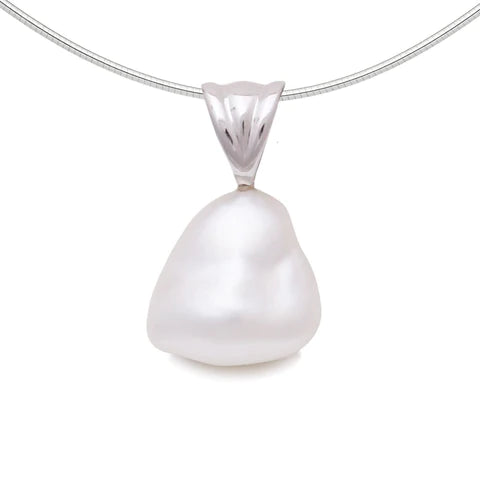
Keshi Pearls
Keshi means poppy seed in Japanese. Keshi Pearls are as close as we get to a natural pearl from the farm environment. These very individual pearls are usually irregular in shape and are priced by weight as opposed to size.
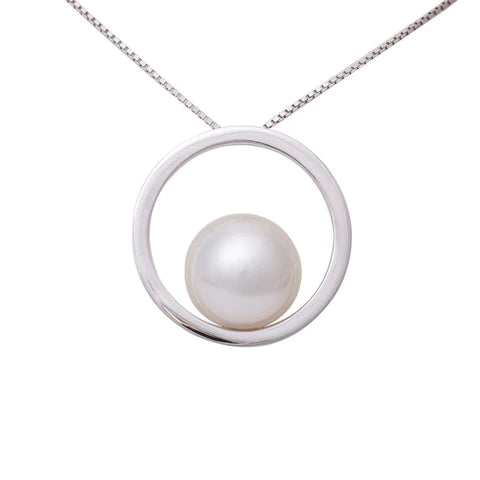
South Sea Pearls
South Sea Pearls refer to pearls grown and sourced from other regions outside of Australia where the Pinctada maxima oyster can still be nurtured to create beautiful pearls.
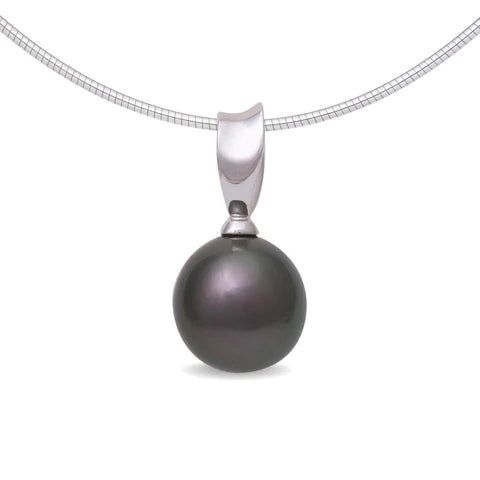
Tahitian Pearls
Tahitian Pearls are favoured amongst
many for their range of vibrant hues. They are formed from the black lip oyster Pinctada margaritifera and are native to the French Polynesian area
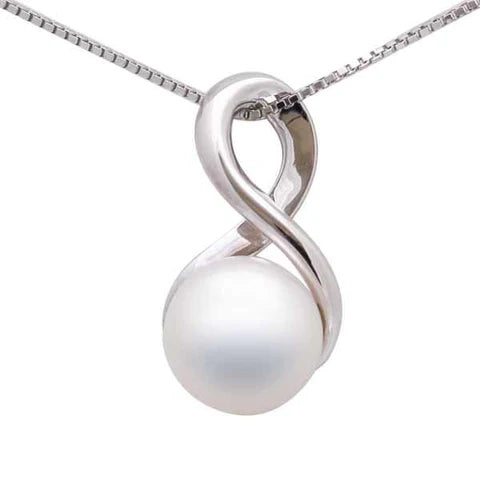
Freshwater Pearls
Freshwater Pearls are grown in freshwater lakes, rivers, and ponds predominantly in Asia. Often small and irregularly shaped, these pearls are the product of an elaborate process in which tiny tissue grafts are implanted into the thick mantle of a live mussel.
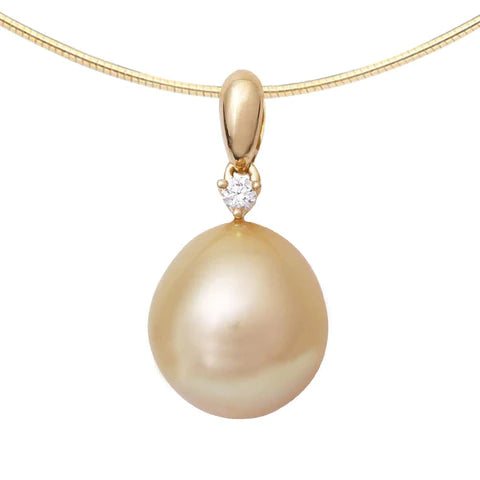
Gold Pearls
Golden Australian South Sea Pearls, particularly in a strong rich gold colour, are very rare. The majority of the golden pearls you see are grown either in the Philippines, Indonesia or Myanmar.
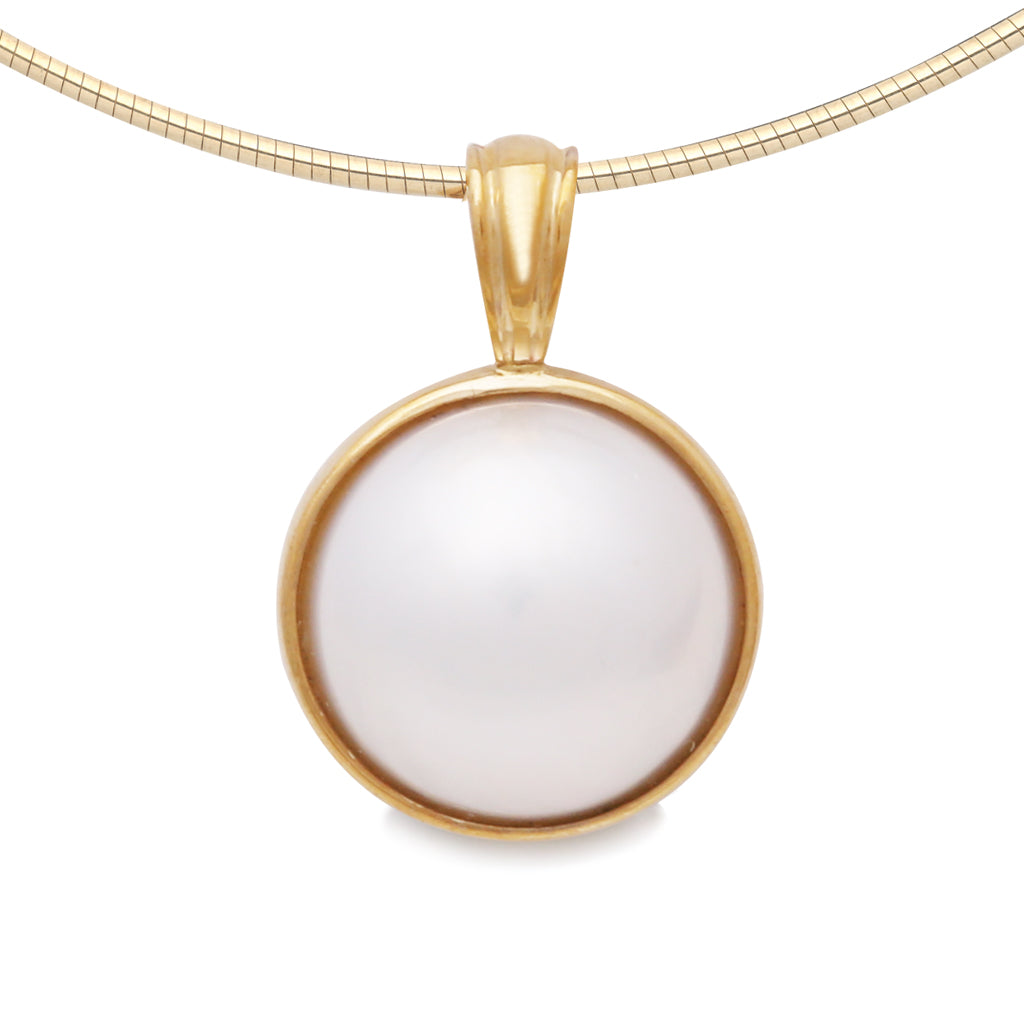
Mabe Pearls
Mabe Pearls (pronounced Mar-bay) are known as half-pearls or blister pearls. They grow against the inside of the shell and are a semi-spherical shape.



